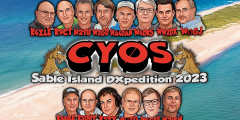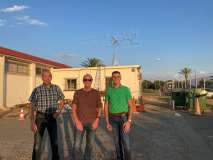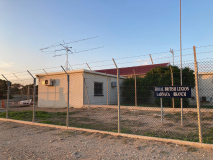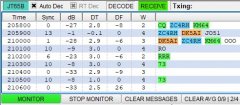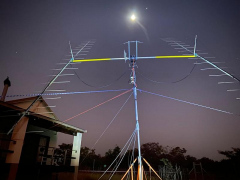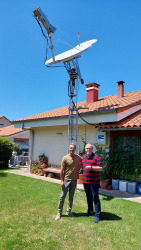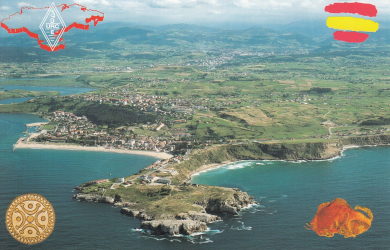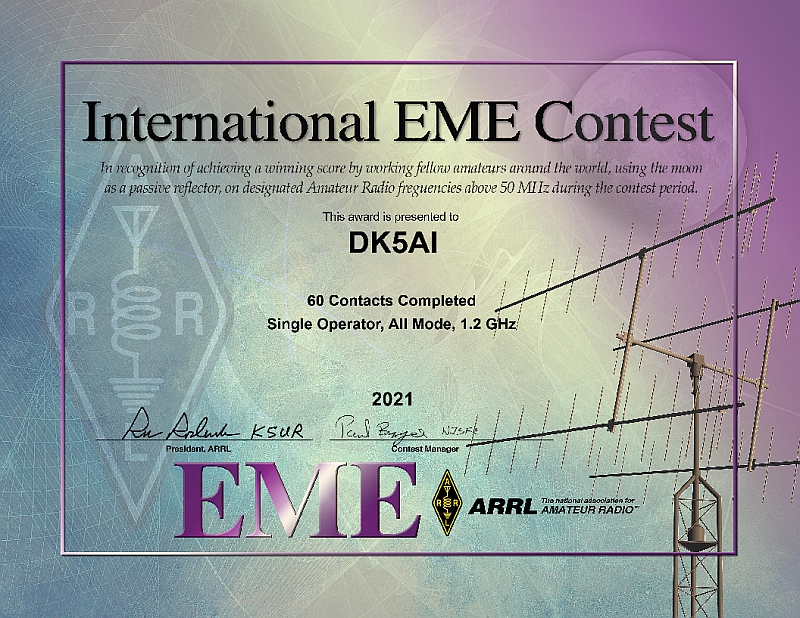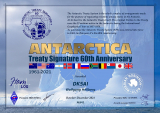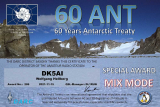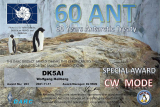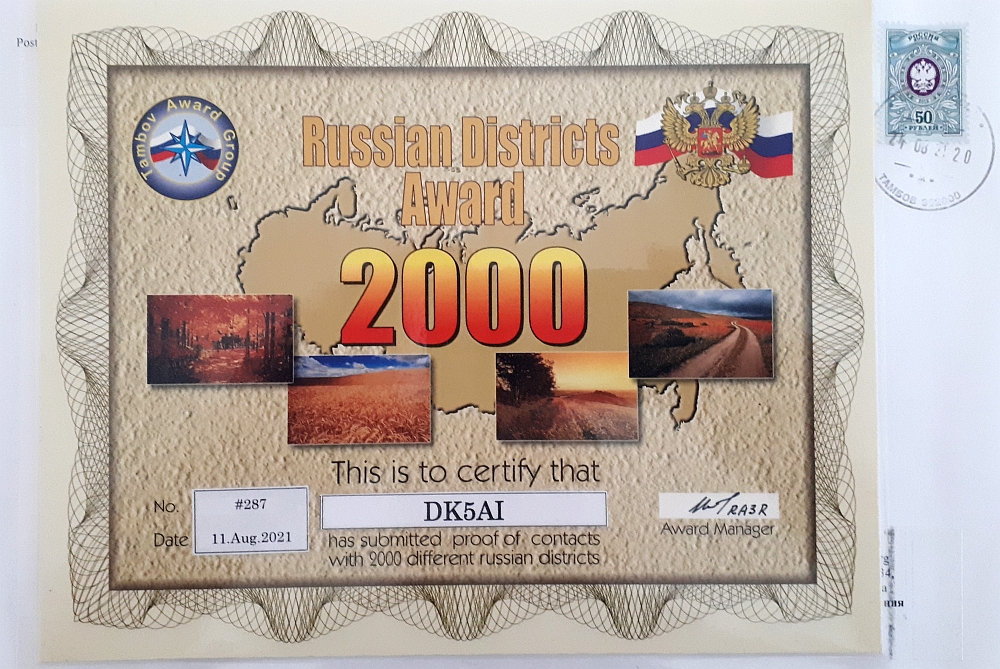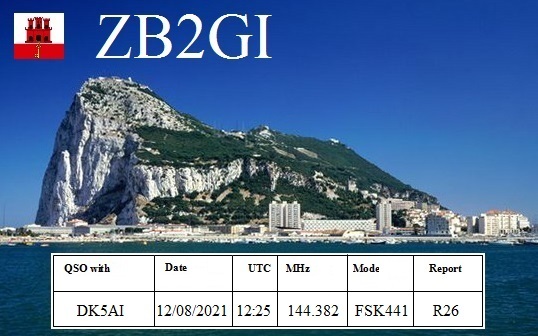Sometimes one QSO is enough, if it is the right one.
Last year I had already watched Kev from Gibraltar, ZB2GI, during his meteor scatter tests and got short reflections from him. Unfortunately, there was not enough time for a test and a long year passed.
During the Perseid shower ZB2GI (IM76hd) resides on Top of the Gibraltar Rock with a free Takeoff into Europe. With his small station, a 5 element Yagi antenna and 50 watt output power, he has already had many successful meteor scatter contacts in the past. But would that be enough this year for a QSO over the distance of 2,130 km?
For a long, very long time I watched Kev’s frequency as he tested with southern European stations. And there were reflections, not many, not loud and not long. But it was enough for decoding.
When he was free I started a call. Hopefully the reflections will continue and we will hear each other. To make a long story short: Finally, after almost 90 minutes and my pulse near a heart attack, he got my final RRR and the QSO was finished with 26 reports on both sides.
Contacts above 2,000 km via meteor scatter are usually difficult with few reflections. So I’m all the more happy about this special contact and a new DXCC # 97 for me on 2m. Many thanks Kevin for your patience and perseverance!

